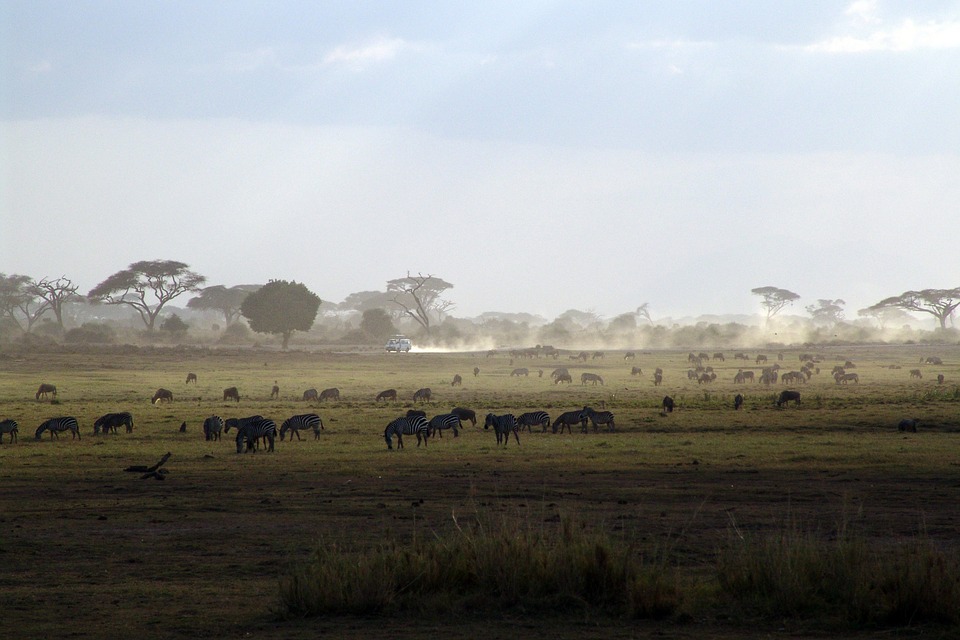According to experts, Kenya is one of coffee’s most reliable sources, due to stringent quality control system in Africa – and to the environmentally conscious cultivation of the shrubs with a low amount of chemicals. Here are some interesting facts about Kenyan coffee:
The 1800s, when it all started
Although Kenya is a neighbor of Ethiopia, the cultivation of coffee started only in the late 1800s, due to a Scottish missionary, John Paterson. However, until 1923 coffee was only produced in areas inhabited by European settlers, then it spread to other regions of the country.
A prefect tropical climate
The country’s tropical climate is more than ideal for the coffee production. It is difficult to distinguish between months with balanced temperature, seasons are virtually nonexistent. Two rainy period (April-June and October-November) will diversify the microclimate and the remaining dry months comes the harvest.

Constantly improving coffee production
Today, Kenya is among the 20 largest coffee producing countries in the world, but quality is more important than the quantity. Many people agree that Africa’s top coffee quality control operates in Kenya, which is mostly due to the strict regulation of the sector by the one-party system after the colonial period. The political system turned into a multi-party republic in the last decade, the market became free, but the regulation remained.
Selling through the auction house
The auction system was introduced in the 30’s, most of the materials are still sold through this. The majority of the coffee is grown on smaller plantations and the Coffee Board of Kenya buys it up. The organization selects the beans, do the tastings and auctions them at the auction. This forces the farmers to produce the highest quality coffee. This process ensures consistency of high-quality coffees and recognized character.
A wide range of producers, a distinctive taste
The country’s total production is given by 700 thousand primary producers. In most cases, the characteristic taste is due to the wet processing procedure and the highly popular SL28’s and SL34’s variants.
Not every bean is the same
The coffee beans are basically classified according to size, the system is easy to review: AA is the top category, followed by the A and B. The peaberry part is separated, with PB mark. Although size is not necessarily indicative of the quality, but bad beans are filtered during the selection, which in turn is a major advantage.
An extraordinary taste
The Kenyan coffees are typically intense, complex, with hints of berries, and dried tomato. These drinks have an citrus-like acidity, which makes the otherwise creamy, sweet drinks often come alive. The most important producing areas are Bungoma, Embu, Kiambu, Kirinyaga, Kisii, Machakos, Mt. Elgon, Murang’a, Nakuru, Taita Taveta and Tran-Nzoia. If you are really curious about Kenyan coffees, it is important to taste them first, reading about them is not so effective. Kenyan coffee is quite popular among the cafés, so this won’t be a very difficult task.
